|
Slide 1 |
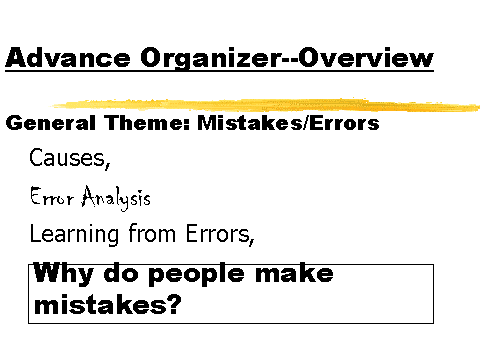
|
|
|
Slide 2 |
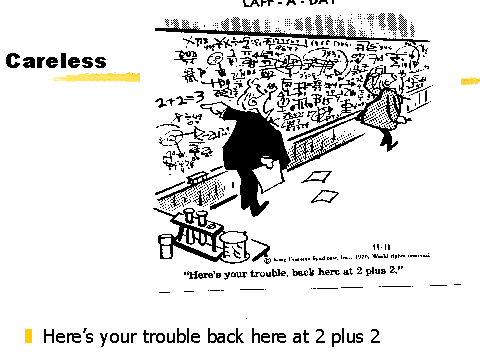
|
|
|
Slide 3 |
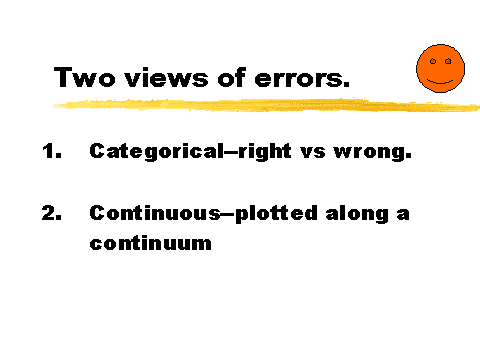
|
|
|
Slide 6 |

|
|
|
Slide 7 |
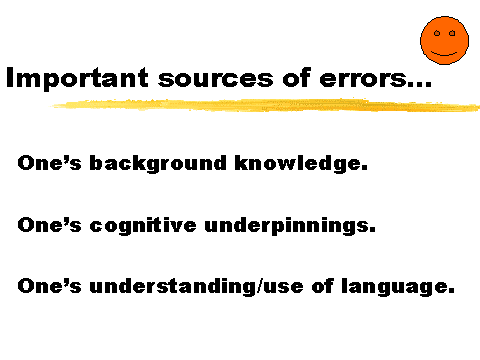
|
|
|
Slide 8 |
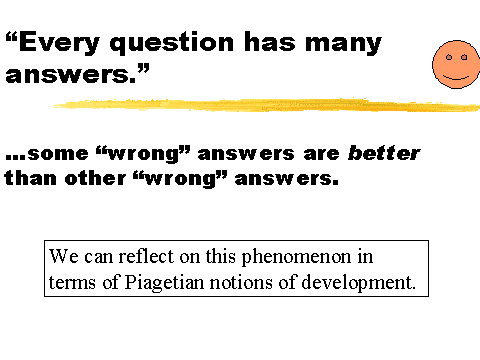
|
|
|
Slide 14 |
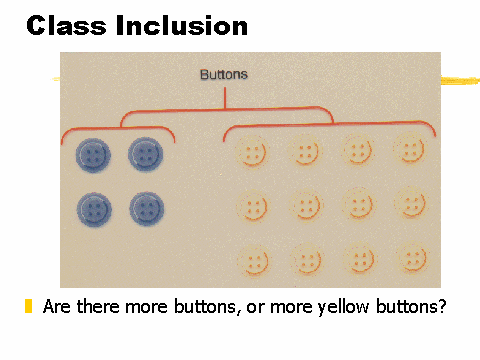
|
|
|
Slide 15 |
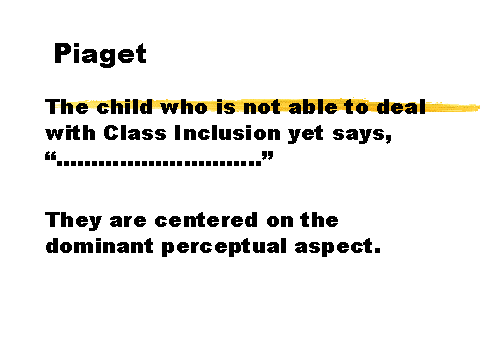
|
|
|
Slide 16 |
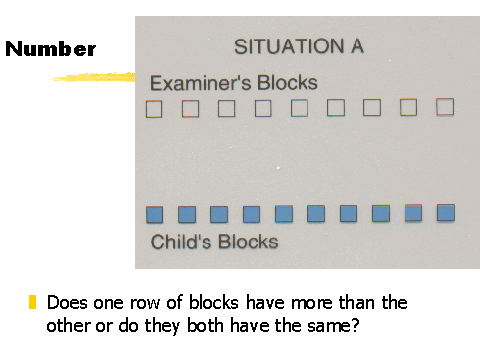
|
|
|
Slide 17 |
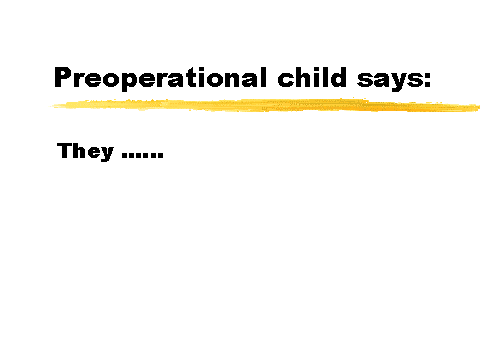
|
|
|
Slide 18 |
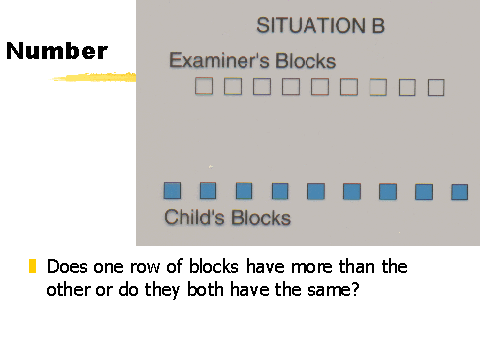
|
|
|
Slide 19 |
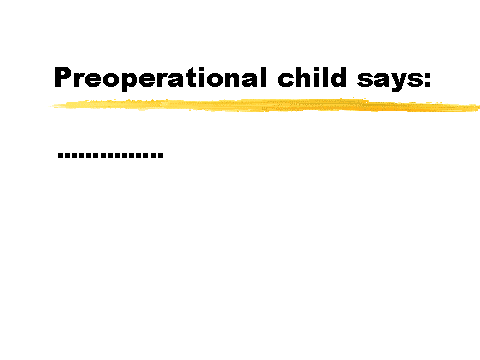
|
|
|
Slide 21 |
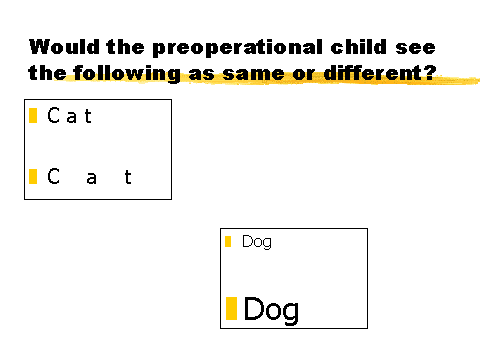
|
|
|
Slide 22 |
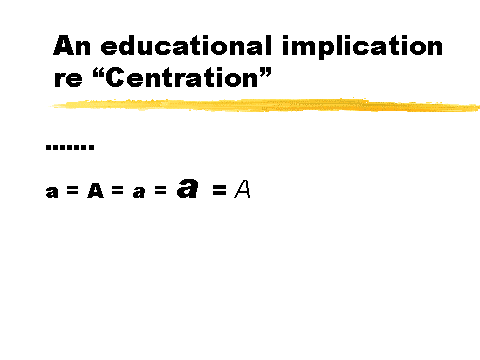
|
|
|
Slide 23 |

|
|
|
Slide 24 |
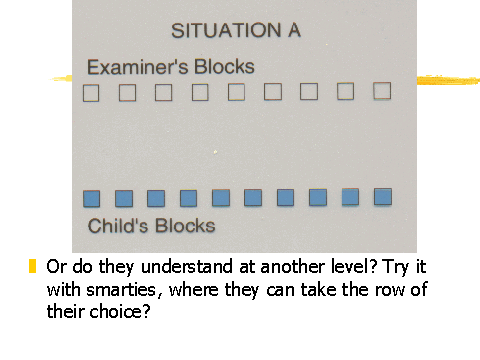
|
|
|
Slide 25 |
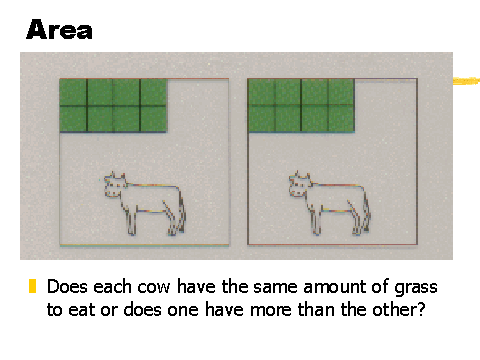
|
|
|
Slide 26 |
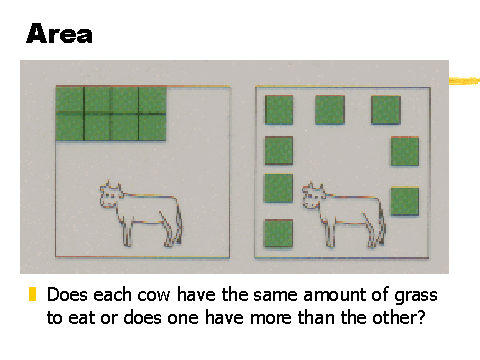
|
|
|
Slide 27 |
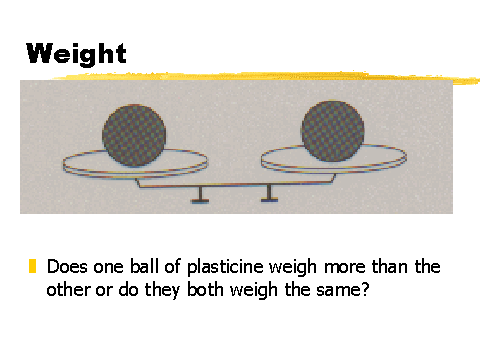
|
|
|
Slide 28 |
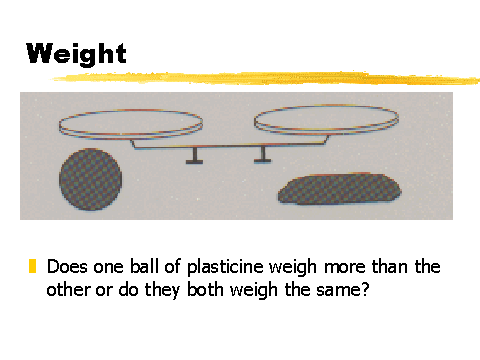
|
|
|
Slide 29 |
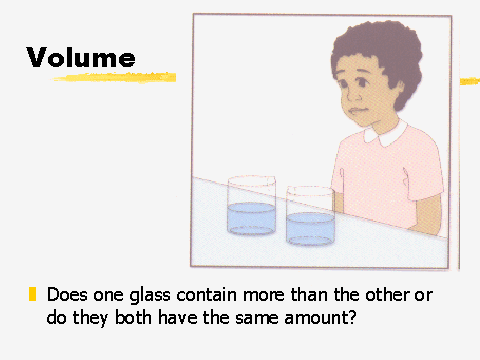
|
|
|
Slide 30 |
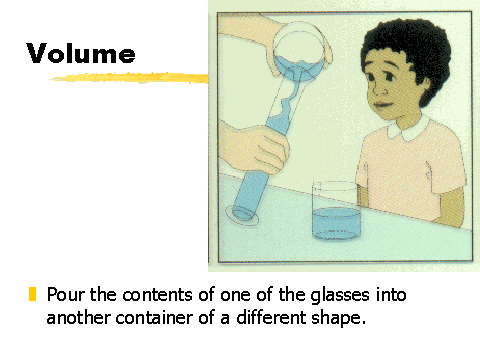
|
|
|
Slide 31 |
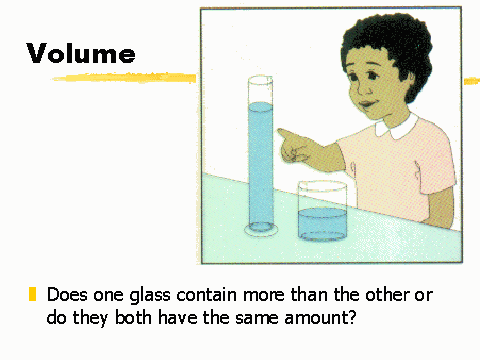
|
|
|
Slide 32 |
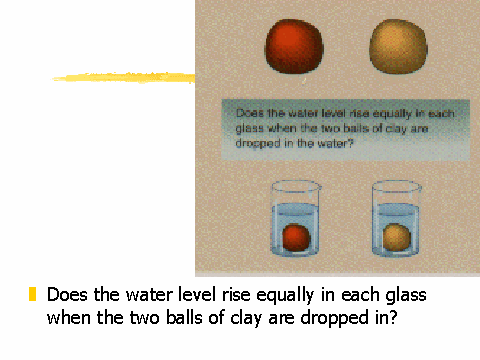
|
|
|
Slide 33 |
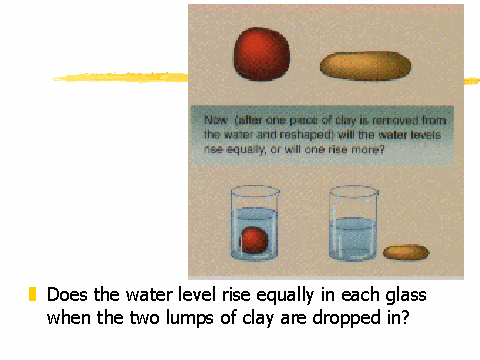
|
|
|
Slide 34 |
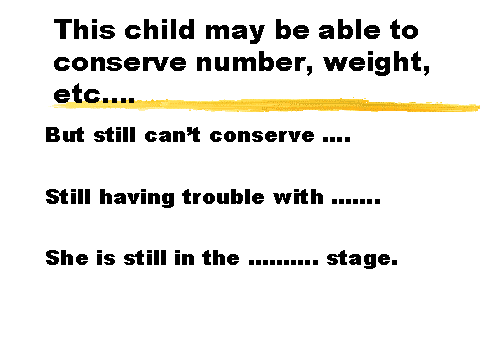
|
|
|
Slide 35 |
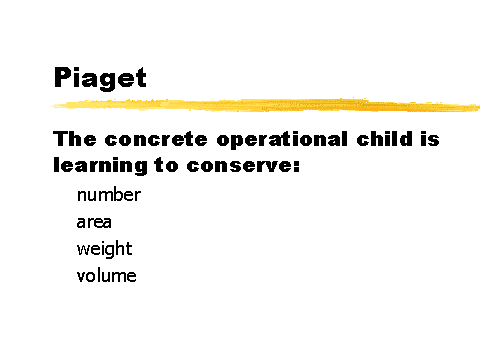
|
|
|
Slide 36 |
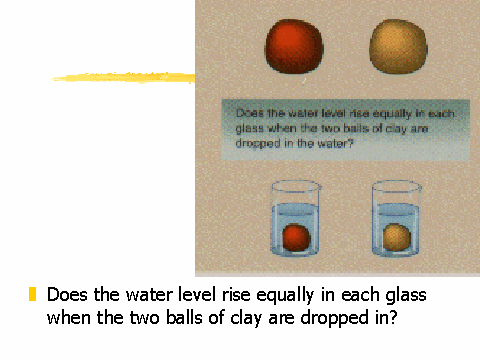
|
|
|
Slide 37 |
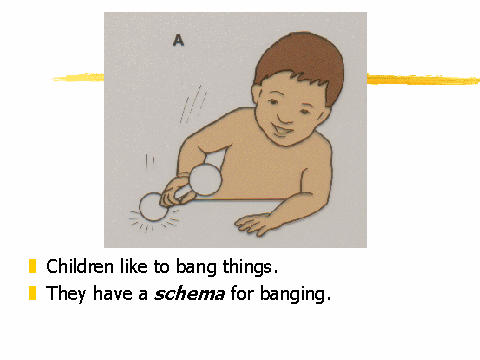
|
|
|
Slide 38 |
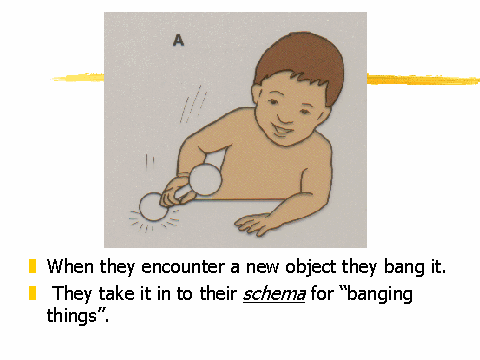
|
|
|
Slide 39 |
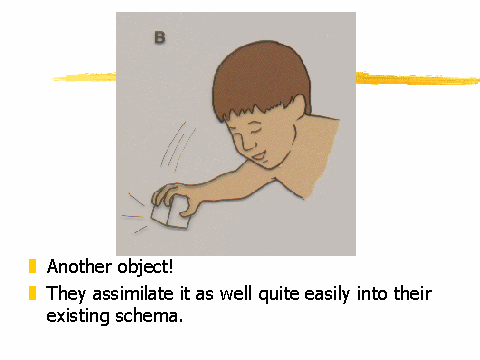
|
|
|
Slide 40 |
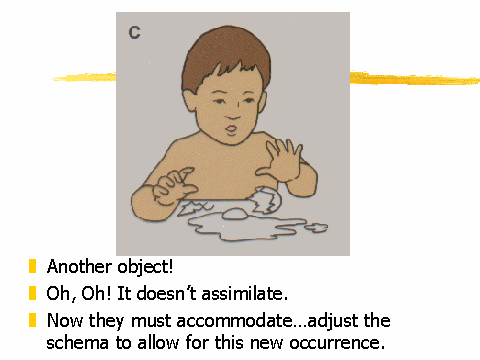
|
|
|
Slide 41 |

|
|
|
Slide 42 |
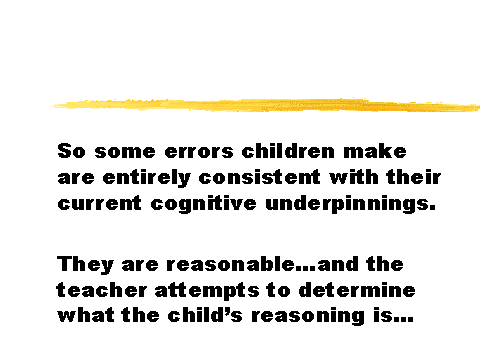
|
|
|
Slide 43 |
 |
|
|
Slide 44 |
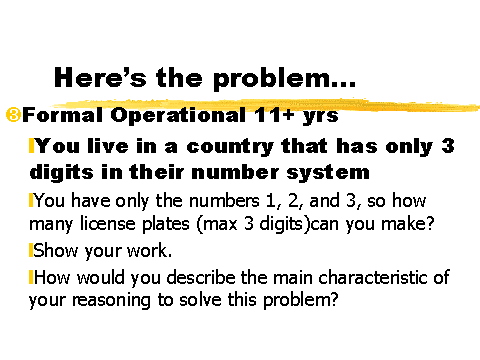 |
|
| |
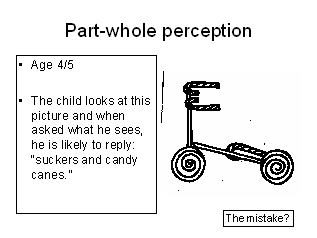
|
What is the 5/6 year-old likely to say?
|
| What is the 6/7 year-old likely to say?
|
| Discussion Thread:
What do these differences indicate about a child's processing at the
three ages indicated? |
|
|
| |
|
|
| |
Answer: "A
scooter." The 5/6 year-old child may be more influenced by the
configuration, the overall gestalt, than the details of the image. |
|
| |
|
|
| |
Answer:
"A scooter made out of candy." Or, "A scooter made out of suckers." The
6/7 year old child is moving into a stage where the perception of the parts
and the whole may be seen and separated.
|
|
|
|
|
|
|